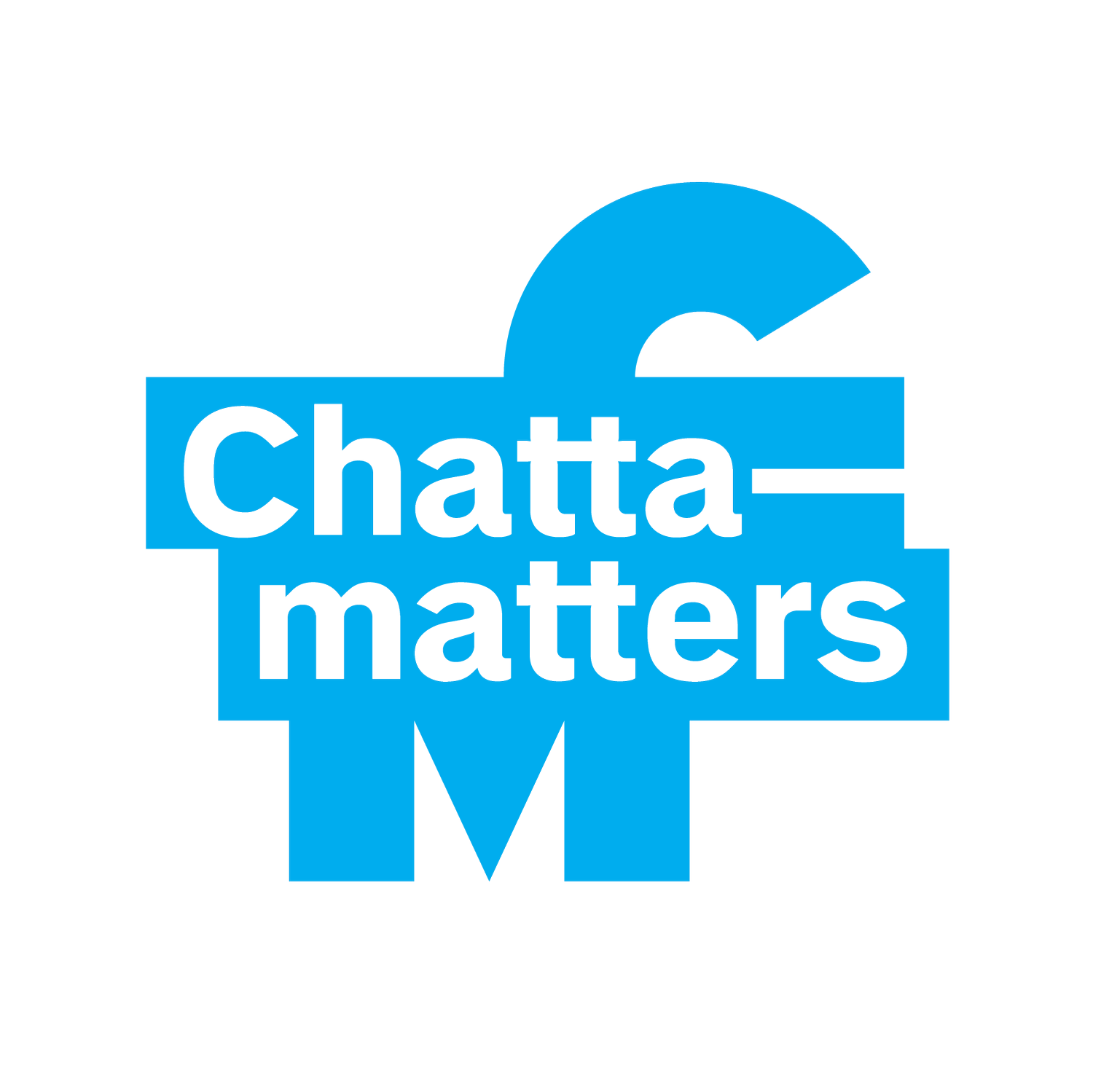Does local sales tax stay local?
Here's how sales tax gets divided between the state, city, county, and schools.
Graphic by Ian-Alijah Bey
As the City of Chattanooga and Hamilton County finalize their budgets for the next fiscal year, we're taking a close look at where the money in those budgets comes from. (It comes from you, taxpayers!)
This week, we're learning how sales tax works — and how it's divided between city, county, schools, and state — and next week, we'll do a deep dive into property taxes.
By William Newlin
Everything you buy in Chattanooga is more expensive than the price tag. For a $100 pair of shoes, for example, you’d end up paying $109.25 with sales taxes. But why $9.25 in tax? Why not $8 ... or $10? And who gets the tax money?
Local option sales tax
Hamilton County residents have paid a local option sales tax — an added fee on top of the state sales tax — on every purchase since the 1960s. Tennessee first allowed local governments to impose their own sales taxes in 1963 in part to boost revenues without a property tax hike.
Now, both counties and cities across the state collect sales taxes, and the combined local rate can’t exceed 2.75 cents per dollar. Hamilton County’s rate is set at 2.25% (adding $2.25 to the price of those shoes). Chattanooga and the other nine municipalities in the county do not technically have their own sales tax, but they do still get a cut of local sales tax revenues.
State sales tax
Tennessee was one of the first states to create a statewide sales tax back in 1947. The current rate is 7% with some exceptions, like on food, and is tied for the second-highest rate among U.S. states. That's the other $7 for your shoes.
So, where does that $9.25 go?
In the new shoes example, the $2.25 local sales tax is divided between Hamilton County Schools and either the county or city general fund. Tax on purchases in unincorporated areas go to the county, and taxes on city purchases stay with the city.
The $7 state fee is a bit more complicated.
According to state law, Tennessee’s general fund gets about $2 of the $7. Around $4.50 goes to “general education purposes” and every city in Tennessee splits another 30 cents through “State Shared Taxes,” which are distributed each year based on city population. In 2002, the state sales tax was raised from 6% to 7%, with the entire increase going to the state's general fund.
In the upcoming city budget, Chattanooga expects to receive about $21.8 million from state sales tax dollars (that’s a lot of shoes).
Related story: In recent legislative sessions, state legislators have introduced bills that would direct a larger share of sales tax to local municipalities. So far, the bills have not passed. Read more: TN bills would let local municipalities keep larger share of sales tax
Do city taxes go to county schools?
Although there are no city-run school districts in Hamilton County, Chattanooga and its neighboring municipalities do provide county school funds. That’s mostly through sales taxes (not city property tax). As mentioned, Chattanooga gets to keep sales tax revenue generated within city limits. But actually, the city only keeps half — the rest goes to Hamilton County Schools.
Hamilton County makes the same split in unincorporated areas, keeping half of sales tax dollars for county services and giving half to schools.
Chattanooga property taxes, meanwhile, only go toward the city general fund, contributing to all city employee salaries and city departments, from Public Works to the library to the Mayor’s Office.
Williamson County, Tennessee, residents voted to send extra sales tax to schools
Local governments can decide to funnel more tax dollars to schools. Six years ago, Williamson County voters opted to increase the county-wide sales tax rate by half a cent per dollar. City leaders agreed to give up their share of the increased tax revenues for three years, diverting them to county schools for construction and maintenance.
Williamson’s school-focused tax increase was an exception in Tennessee. But in Georgia, voters in every county have chosen to raise their local option sales tax by up to 1% for various capital projects, from improving roads and parks to funding school repairs.

